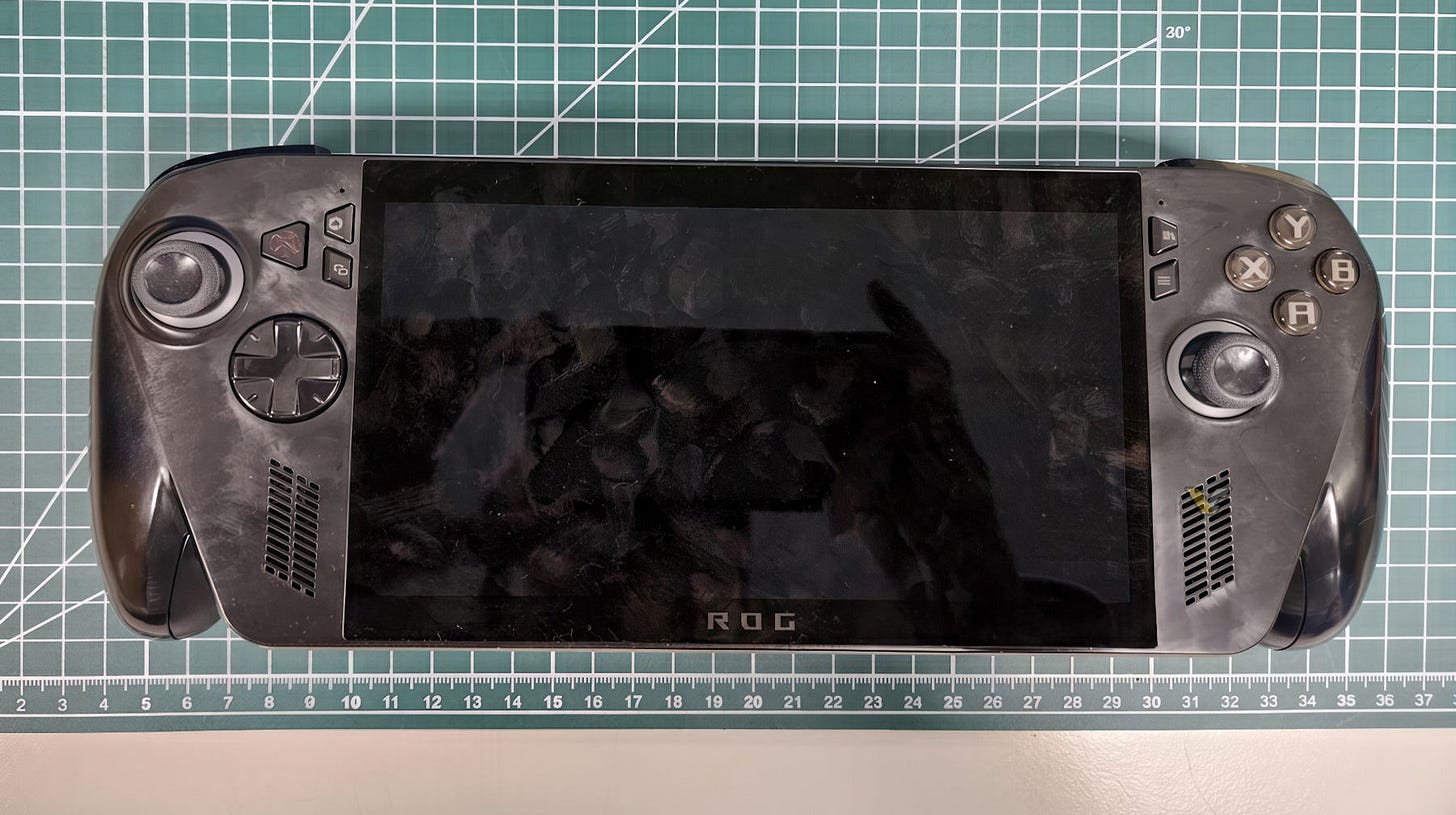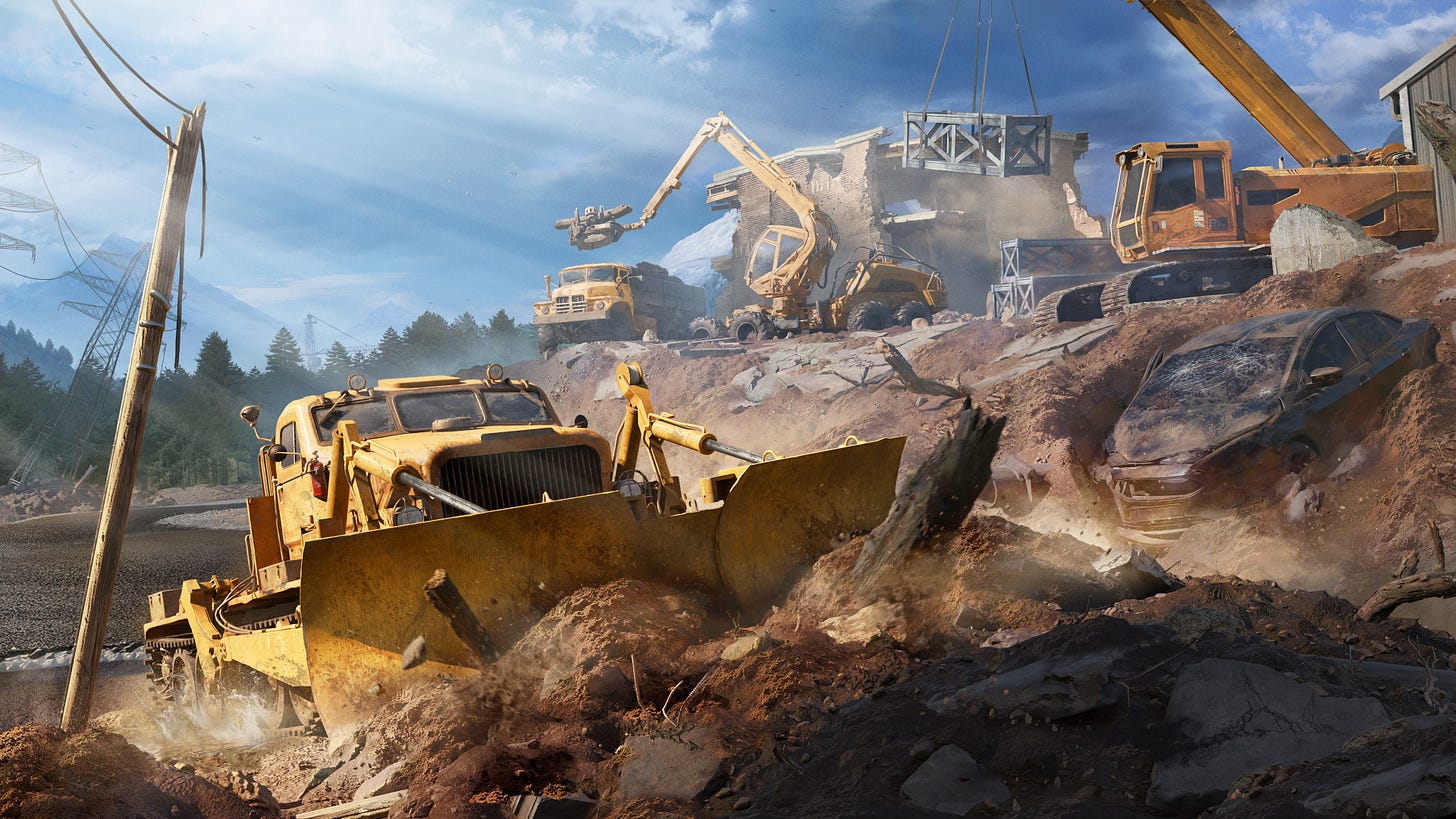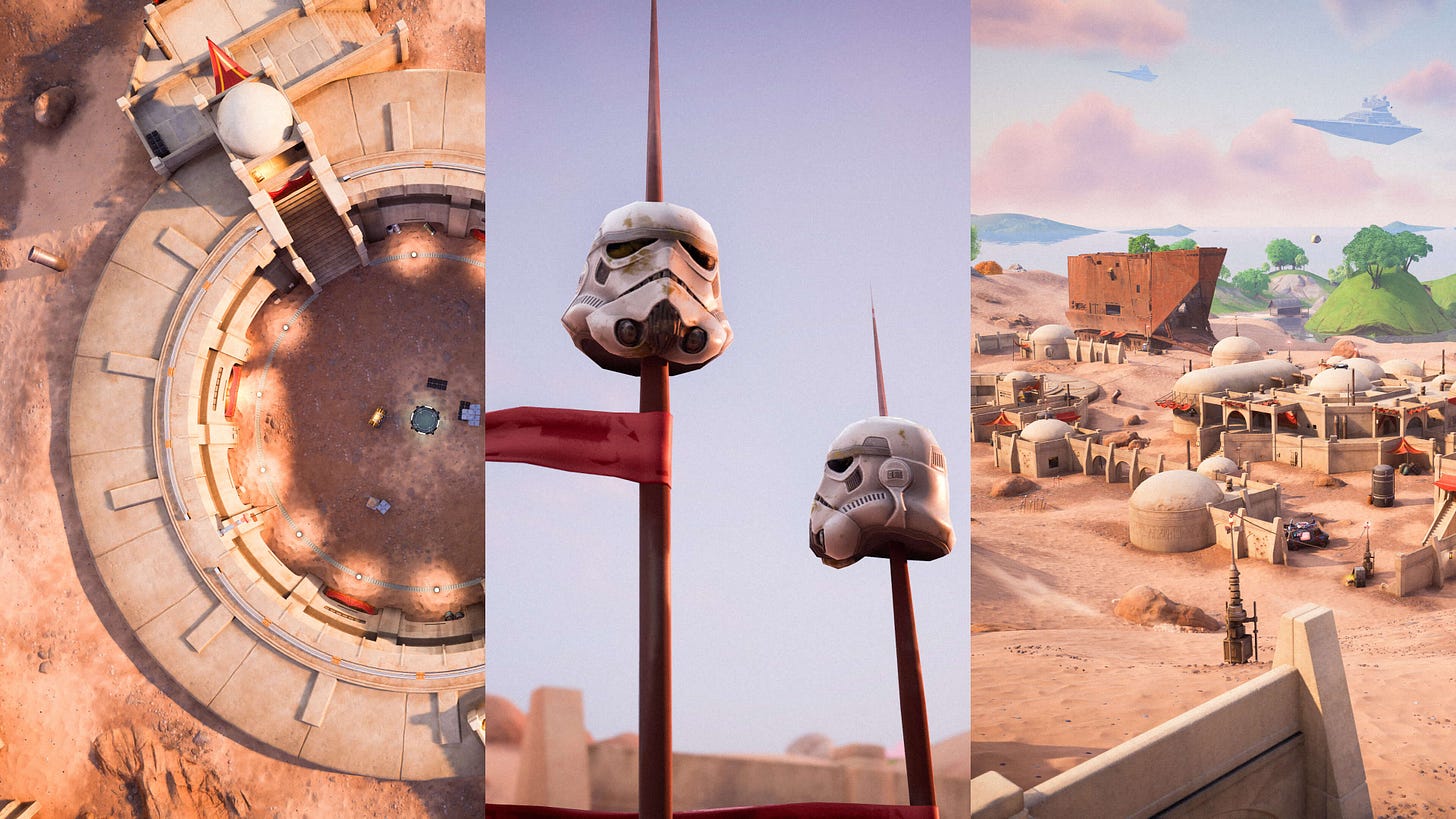Three years later, handheld PC gaming has evolved beyond niche
Xbox, ASUS, Lenovo, MSI and Steam are expanding the market
It’s been a bit more than three years since the Steam Deck landed, popularizing a way of gaming that, at its best, was a high-priced hobbyist pursuit.
While the Deck wasn’t the first handheld gaming PC (that honor goes to the Pandora, which hit in 2010), it was the first to spark the sort of interest that would lead to similar systems from several PC manufacturers, the desire to track sales by market research group IDC, and a push for a new type of chip from AMD.
In May of 2022, months after the release of the Steam Deck, I chatted with AMD about its decision to design chips specifically for the relatively new handheld gaming systems.
Frank Azor, co-founder of Alienware, former head of Dell's gaming and XPS divisions, and now AMD's chief architect of gaming solutions and marketing, told me at the time that AMD saw this as an entirely new category in gaming. The last time such a thing happened was more than 20 years ago when the first gaming laptops hit the market.
Three years ago, he said that the release of the ASUS ROG Ally would be a milestone, a marker along the path that will see a niche market grow into a major facet of PC gaming.
Earlier this month, I looked Azor up again to chat about how things have shaken out in the three years since he said that.
In a word: Great.
IDC’s latest numbers show that just about six million handhelds were shipped worldwide from 2022 to 2025. The research group predicts another 1.9 million will be shipped this year, including the Valve Steam Deck, Asus ROG Ally, Lenovo Legion Go, and MSI Claw.
Looking back at gaming computer trends, the early gaming laptop sales pale compared to what the industry sees for handheld gaming PCs.
“It took us a lot longer to sell millions of units in the PC gaming space than it has in the handheld gaming space,” Azor said. “So I think the category is significant.
“The handheld has sold exponentially more in a given year than gaming desktops and laptops sold in their first three years. They were selling in the tens of thousands for a long time.”
And those sales are not going unnoticed in the broader game industry.
“When I talk to game developers, it’s something that they have on their radar, something they’re considering for their designs and their user interface.“
As for AMD, Azor notes that a “significant” amount of those handheld gaming PC sales are running AMD chips, “I mean a significant amount.”
AMD announced a new slate of chips for such systems at CES earlier this year in response to the success. The first system to use the new AMD Ryzen Z2 Extreme chip, the MSI Claw A8, was shown off earlier this month at Computex in Taipei, Taiwan.
But there are surely more to come, and of course, more chips to follow as well.
“Handheld is in consideration as we’re planning the entire portfolio because it enables us to deliver a great gaming experience with more efficient methods to render the pixels, and efficiency is extremely important on this handheld gaming solution,” Azor said. “We’ve designed (our current portfolio) to be more scalable.”
OEMs like ASUS, Lenovo, and MSI are already beginning to hit their second-generation units. Still, it is rumored that Microsoft will show off its first take on the category during the Summer Game Fest in June.
I’ve long doubted that Microsoft would get into the handheld console space, and one could argue that even if the rumor of its ASUS-manufactured system is true, it’s not really a console. It wouldn’t, for instance, compete with the Nintendo Switch 2, which is also due out this year.
Instead, the systems (which will come in multiple SKUs when they hit this year) will focus on the Windows PC side of gaming rather than Microsoft’s Xbox console approach.
It will also still run Windows, which I suppose makes sense, and also—one would hope—signals the company’s desire and future investment in improving the operating system to work better with such gaming-first devices.
The point of all of this, though, is that it’s hard to write off handheld PC gaming as a niche when you have AMD creating chips for it as well as three major computer manufacturers, the biggest PC game store in the world, and the company behind the biggest operating system all joining the party.
That handheld PC gaming is here to stay, at least for the foreseeable future, seems like a reasonable statement to make. But what does that mean for the gaming industry?
Azor mentioned that developers are already starting to consider the form factor when they create their games, but the long-term impact of that has yet to be seen.
While he doesn’t have any hard numbers to support this, he also doesn’t believe that handhelds cannibalize the sales of other PC gaming form factors.
“I haven’t met one person who has replaced their gaming desktop or their gaming laptop with a handheld gaming device,” he said. “Everybody I've met, which is maybe in the hundreds, the handhelds have been a complementary device, something that they're using to play games in front of the TV, maybe when their family is watching a show, or they're using them during commute times.
“So it’s been a complimentary device, from my observation.”
And the coming holidays will be a great time to dip into the world of handheld PC gaming, if you haven’t done so yet.
Currently, the system to beat in terms of pure power appears to be the MSI Claw 8, which has no price or shipping date just yet.
Asus has the yet-to-be-dated or priced ROG Ally 2 coming. The current thinking is that this will come both as a ROG Ally device and as the Xbox handheld, rebranded with that system's colors. No word on pricing, but it’s expected to hit this year.
Valve's latest and greatest is the Steam Deck OLED, and they’ve said no new system will be released this year.
However, Valve announced this week that its latest build of SteamOS delivers official support for AMD-powered handheld gaming PCs, which brings us to the Lenovo Legion Go.
The Windows version of the Lenovo Legion Go S, which launched earlier this year, hasn’t had the strongest reception. This is likely because it features the AMD Z2 Go, a downgrade from the Z1 Extreme found in the original Legion Go. The idea is that you give up some performance for better battery life, but for many, it’s just not worth the trade-off.
The redesign of the body, though, nails the feel of a handheld. Ditching the removable controllers found in the original Legion Go, the new design is sleeker and feels more comfortable in your hands. It also now features adjustable triggers and a very tiny touch pad.
Things will get more interesting when the Steam-powered Legion Go S hits later this month. Interestingly, while Lenovo doesn’t officially support transforming your Windows Legion Go S from a Windows machine to a SteamOS machine, it appears Valve does.
The SteamOS 3.7.8 build brings with it “official support” for the Lenovo Legion Go S, as well as the release of a Steam OS recovery image for use in testing Steam OS on “your own AMD-powered handheld.”
This summer, already packed with gaming announcements, looks like it will become a key moment in the evolution of the PC Gaming Handheld. Expect to see the latest and greatest in the form factor over the coming months, and maybe, just maybe, an answer to why Microsoft has decided to invest in a branded handheld, but not yet solve the problem of making games feel native to such systems.
Elsewhere
PLAYERUNKNOWN reveals how Prologue: Go Wayback! lays the groundwork for an Earth-size game
How RoadCraft puts giant physics-powered machinery at the heart of disaster recovery









